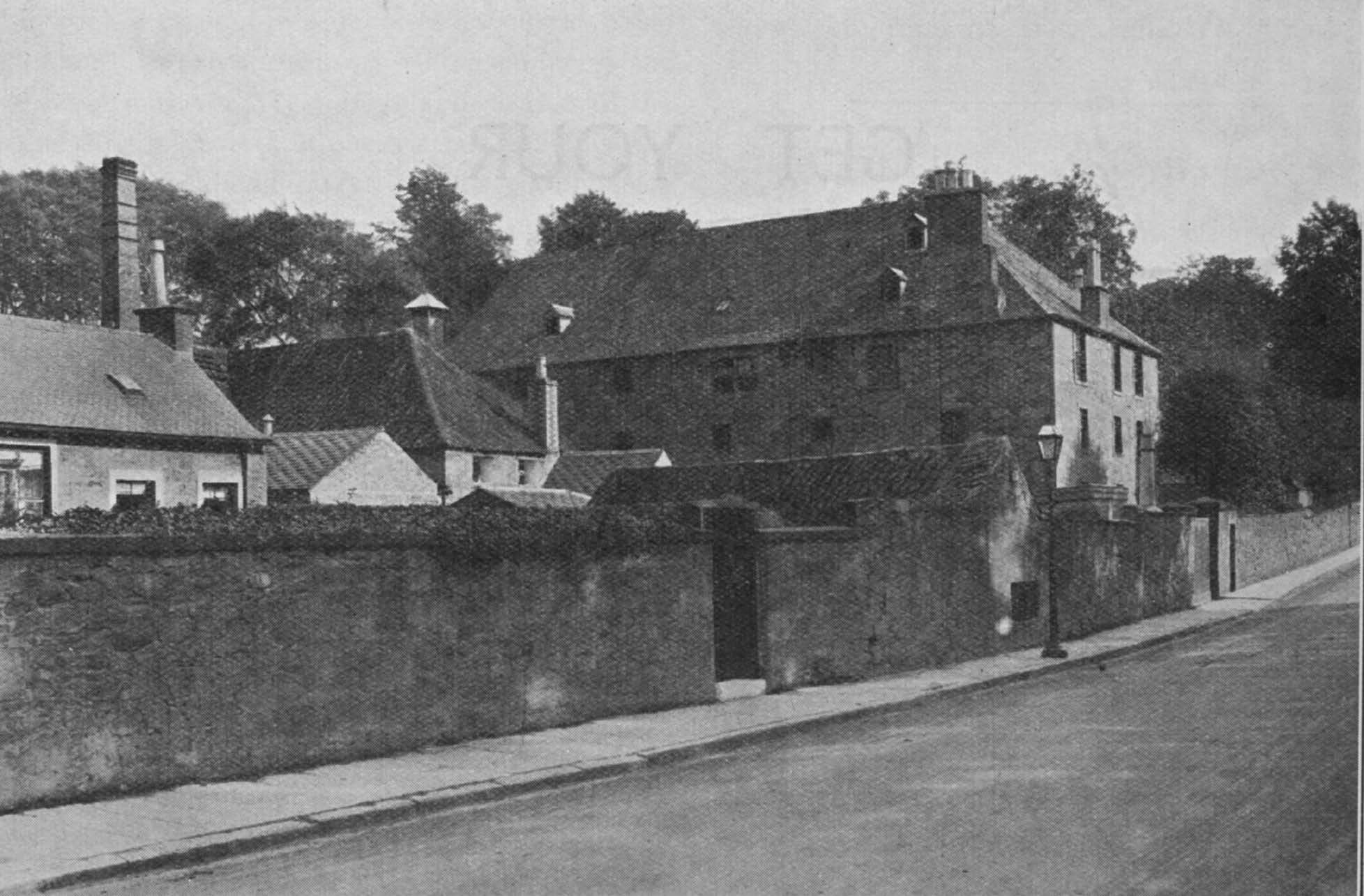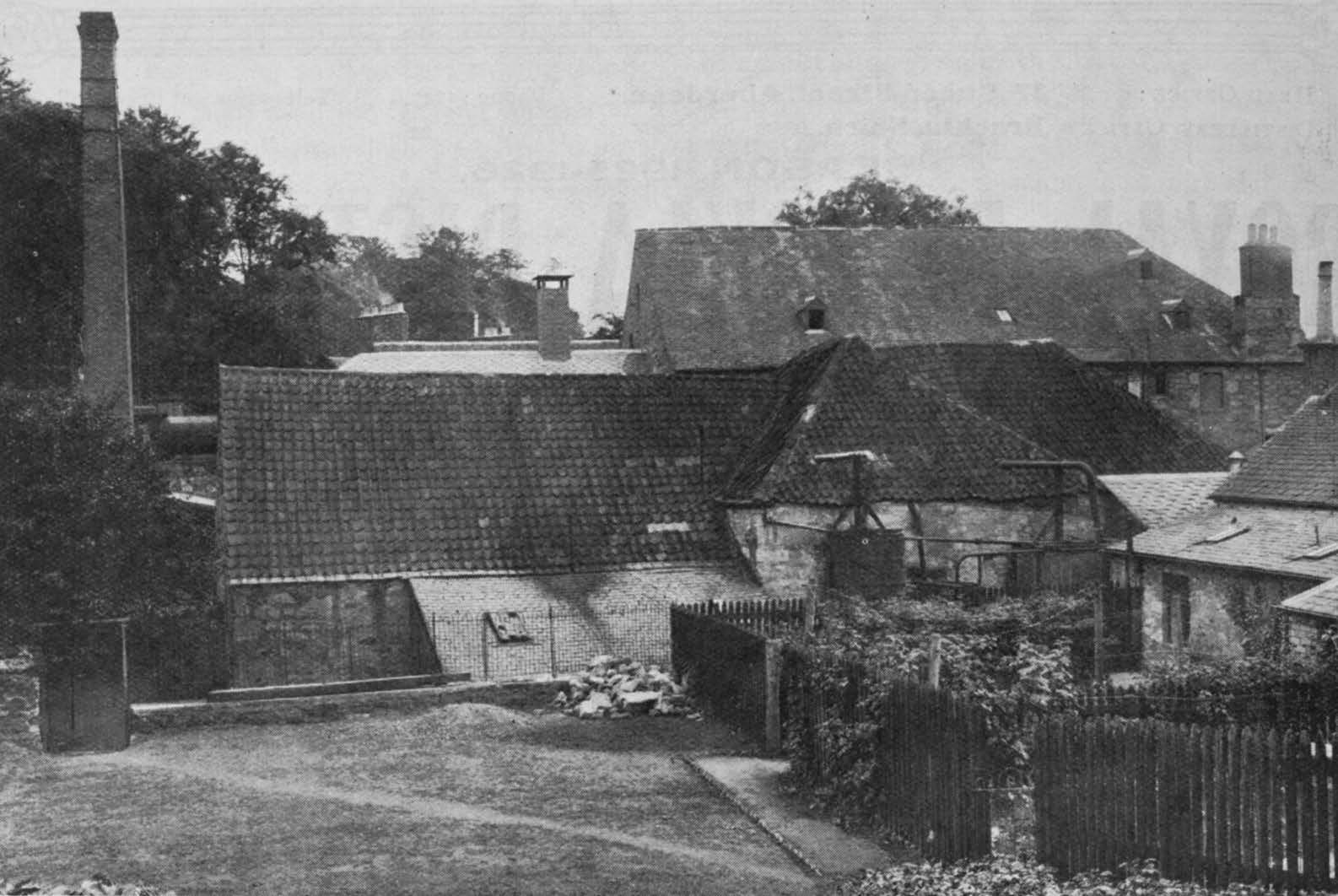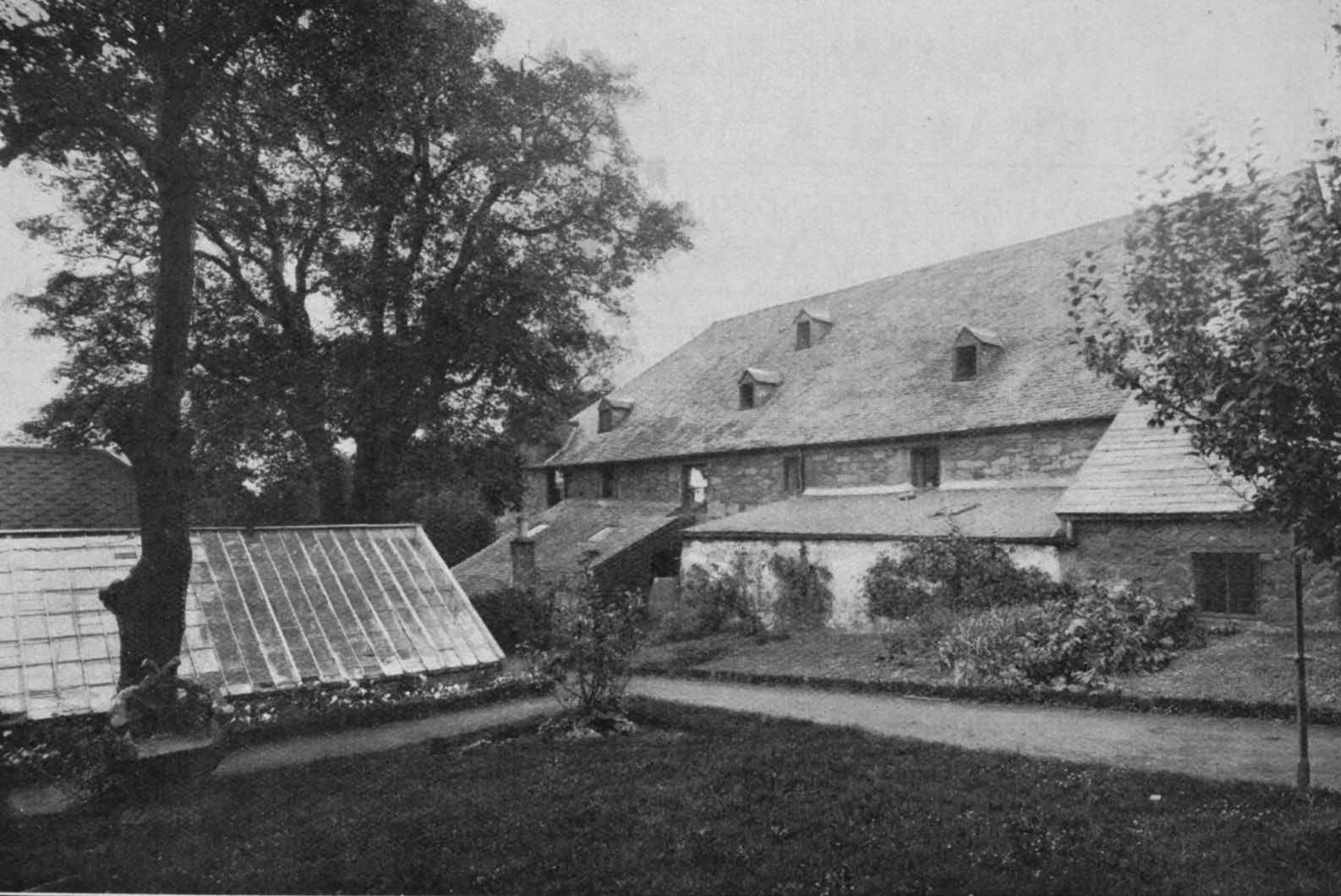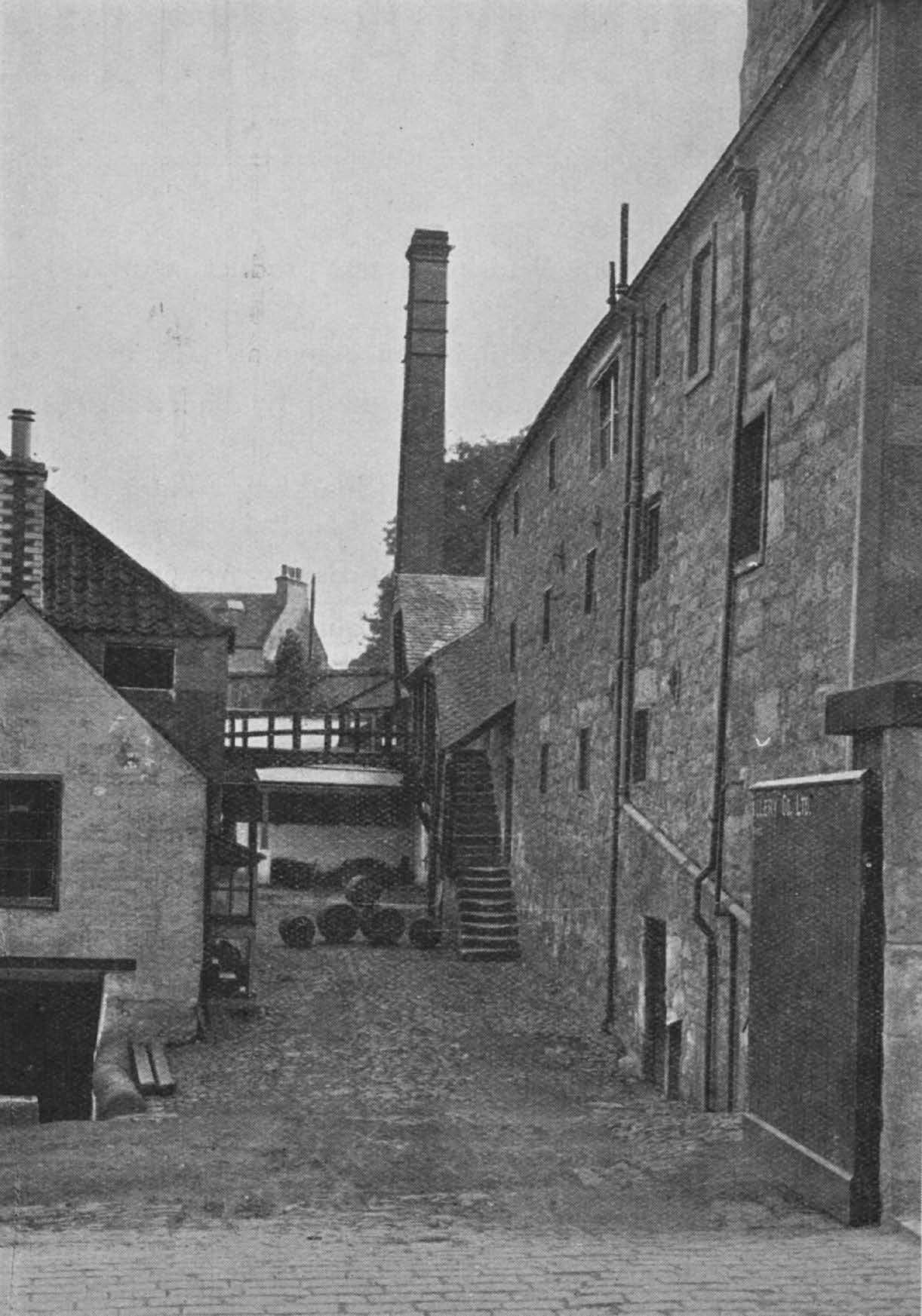XCVII
The Isla Distillery, Perth
December 14th, 1925
Whilst the Isla Distillery, situated in the ancient City of Perth, is numbered among the smaller of the Highland malt distilleries of Scotland, it has nevertheless as interesting a history of varied changes during its century and a half ’s existence as could well be conceived. The Isla Distillery may safely lay claim to being among the first of the legitimate distilleries to be commenced in Scotland, irrespective of any savouring of an old “bothie.” Antiquity may add no enchantment to the excellence of the Isla product, but there is visible evidence of hoary old age in the substantial stone-built premises standing well within the environs of the “Fair City.” The city, of course, was thought so fair as to be worthy of commemoration by styling a sister city in Western Australia, Perth, in the same way.
Perth (the capital of the Scotch county of similar name), noted for its manufacture of ginghams, muslin, and dyes, and with the famous Scone Palace in the vicinity, is still more celebrated – at least in the eyes of the Wine and Spirt Trade – for its distillery, the subject of the present notes.
The distillery, which is now the property of the Isla Distillery, Ltd., was originally feued by a Feu Contract entered into between the then Earl of Kinnoull, and Thomas Taylor, mallman, in Perth, dated 12th June, 1872. At that date the distillery property was the malt lands of Gannochy. At the end of the eighteenth century and beginning of the nineteenth century new main roads were rapidly developing in Scotland, and amongst others was the Perth to Aberdeen Road which runs through one part of the above Feu.
With a history dating back nearly one hundred and fifty years it is not surprising to find that during that time the premises have been used for varying industrial purposes, but throughout brewing has been the most prominent concern. In its very early days, so far as can be ascertained, it was used as an oat mill. In an old Deed of about 1790 the property is described as the land of Clockserrie, which is stated to be a corrupt form of Gaelic meaning “steep sided valley,” a particularly appropriate appellation of the distillery’s situation. A few years later it was transformed from an oat mill into a brewery. Still later it became a distillery, only to once more return to its former use as a brewery. A sad tragedy was enacted within its walls, but kindness decrees that the veil of secrecy shall be drawn over that unfortunate episode.
It was not until 1854, when the late Mr. John Forbes between the owner of the property, from the late William Muir, that it became permanently a Highland malt distillery. The late Mr. Forbes originated the present water supply, drawn from that fast-flowing river, the Tay, and worked the distillery until his death in 1900. He was succeeded by his son, and the business was continued under the title of John Forbes and Son until 1920. Major Forbes was on active service throughout the whole of the Great War period, and the distillery was silent from 1914 till December, 1919. In 1920 the property passed to the Tay Distillery Company, who ran it until 1923, when it again changed hands, being taken over by the present proprietors, The Isla Distillery, Ltd.
In 1854 the mill was driven by horse power, and the output in those days was three hogsheads per week. At the present time four hundred bushels of barley are malted per week during the season, and principally home-grown barley is used. The Isla Distillery contains the usual maltings, mash-house, four washbacks, horizontal refrigerator, and three modern stills, and everything required to produce a first-class Whisky. The malt kiln has a wire gauze floor, and the malt is dried with the usual peat and coke combination. Power for driving the machinery is provided by a steam engine. The Isla make has the property of maturing very rapidly, and in pre-war days was largely sold as a “self” Whisky. Ample housing accommodation is provided for the principal employees, and the distillery has some well-kept kitchen gardens beside it.
Images © The British Library Board





